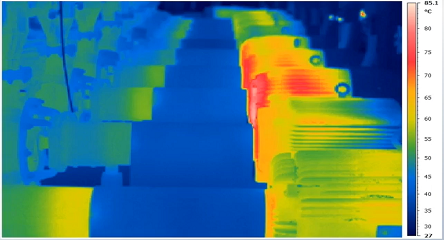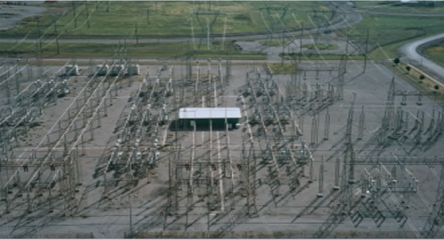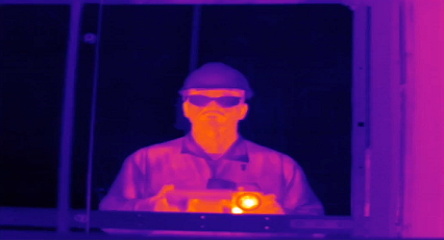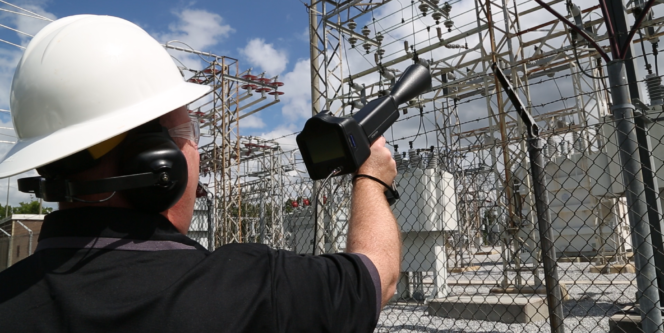Thermography Infrared inspections of electrical equipment are a vital part of any reliability program. While thermography inspections used to be reserved for the most critical electrical assets in a facility, new standards outlined in NFPA 70B make it a requirement to perform a thermography test of all your electrical assets at least once per year.
Taking thermographic images of electrical components requires a direct and unobstructed line of sight. Removing panels puts inspectors at risk of electrocution and/or arc flash incidents. In the interest of safety, there is a practical alternative to removing the panel: IR windows.
Infrared Inspection Windows allow thermographers to obtain clear, accurate temperature measurements of electrical components without the inherent dangers of removing the front panel.
IR windows can be retrofitted to existing panels with common power tools and they offer a substantially reduced risk to the inspector working on the equipment.
In some circumstances, however, a retrofit is not the best option for installing IR windows onto your equipment.
Facility managers are frequently turning to custom panels to make installation simpler, quicker, and in many cases more cost-effective.
A custom panel is simply a replacement electrical panel that includes a factory pre-installed infrared window. It is the exact size, shape, and thickness as the OEM panel. To install a custom panel, the OEM panel is removed and replaced by the custom panel with the existing hardware. No measuring, cutting, or deburring required.
Custom panels reduce downtime. It’s estimated that a custom panel takes 75 percent less time to install than a retrofit IR window, leading to a significant reduction in time that the equipment must remain deenergized. These savings are compounded if there are several installations to complete, and the reduced downtime and installed labor offsets the cost of the custom panel.
Because there is less labor involved, there is also less room for human error during installation. Some windows require specialty tools, too, such as a chassis punch. Custom panels eliminate the possibility of human error during panel cutting, and they avoid the need for tools that may not be immediately available.
All that is needed to purchase custom panels is the OEM make and model. In some circumstances, when a piece of equipment is uncommon or has been modified in some way, a drawing of the front panel may be required. That’s all that is required for a factory finished custom panel that will bolt on seamlessly to your electrical equipment.
IRISS is the sole producer of custom IR panels globally. For more information on how custom IR panels can simplify the installation of thermography IR windows in your facility, check out https://iriss.com/products/flexir-custom-solutions/.






